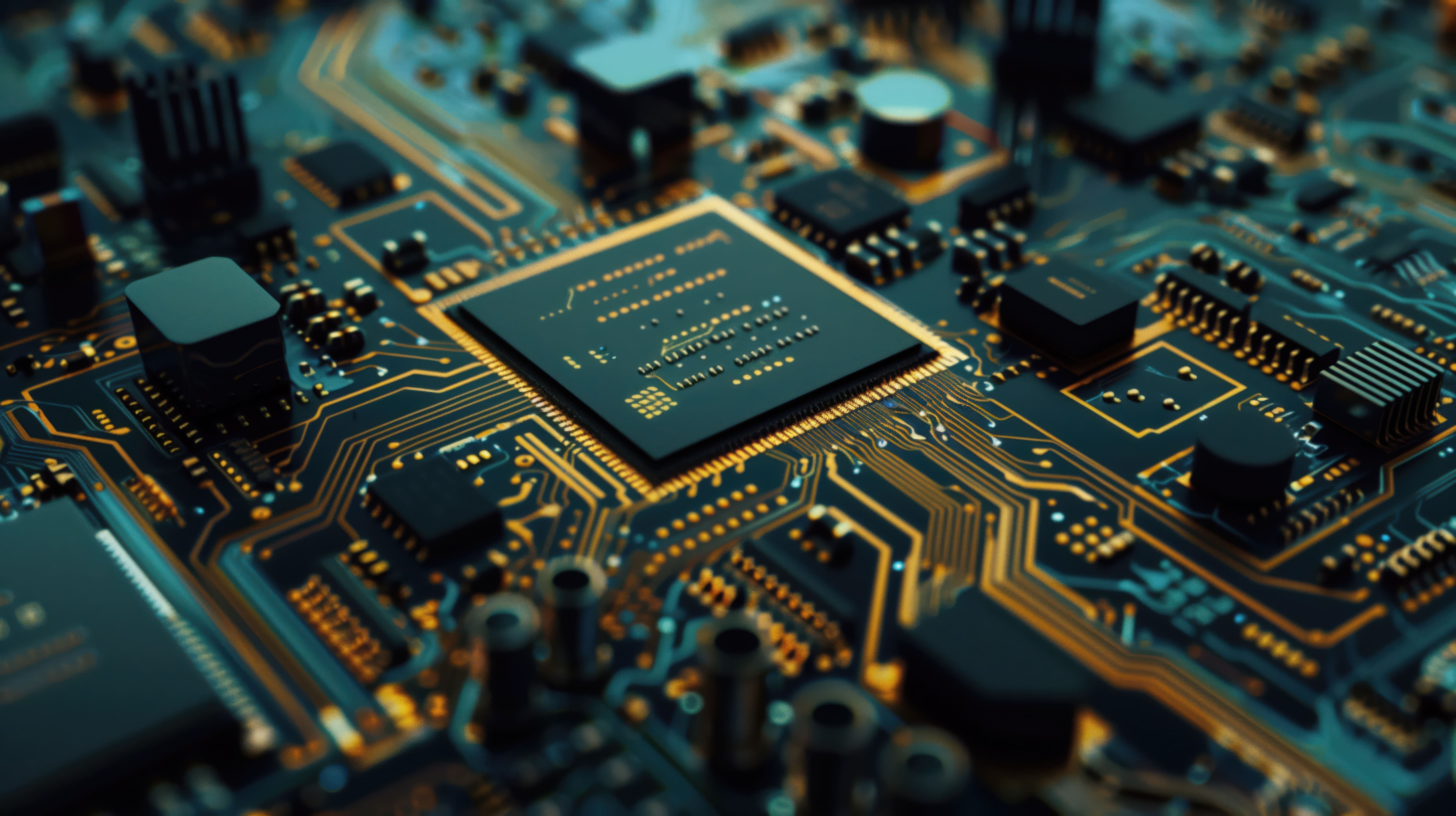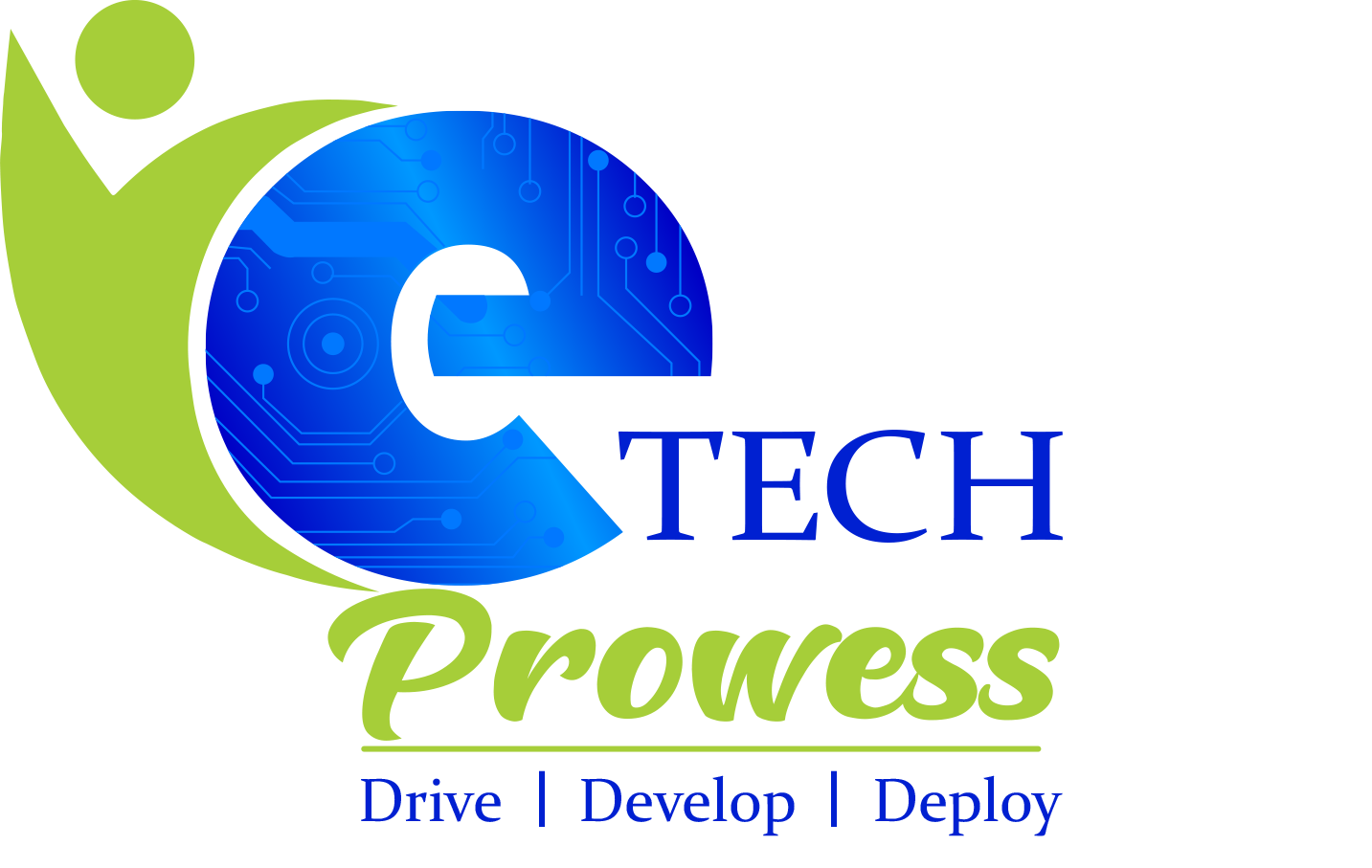
Role Of Embedded Systems in IOT(Internet Of Things)
The Internet of Things (IoT) has revolutionized the way we interact with technology, seamlessly connecting devices, systems, and services to create a smarter, more responsive environment. At the heart of this transformation lies embedded systems—specialized computing units designed to perform dedicated functions within larger systems. These small but powerful devices are the backbone of IoT, enabling the smart, efficient, and autonomous operation of connected technologies.
Understanding Embedded Systems in IoT
Embedded systems are microcontroller-based platforms that integrate hardware and software to control, monitor, and manage various functions within an IoT ecosystem. Unlike general-purpose computers, embedded systems are designed to perform specific tasks with high efficiency, low power consumption, and minimal user intervention. They can be found in a wide array of applications, from smart home devices and wearable technology to industrial automation and smart cities.
Key Roles of Embedded Systems in IoT
Data Acquisition and Processing:
Embedded systems are responsible for gathering data from sensors and other input devices within an IoT network. This data is then processed and analyzed in real-time, enabling immediate responses and decision-making. For example, in a smart thermostat, the embedded system continuously monitors temperature and adjusts heating or cooling systems accordingly.
Communication and Networking:
A crucial function of embedded systems in IoT is ensuring seamless communication between devices. They manage data transmission across various communication protocols like Wi-Fi, Bluetooth, Zigbee, and more. This connectivity is essential for creating an integrated and efficient IoT environment where devices can communicate and operate harmoniously.
Control and Automation:
Embedded systems play a pivotal role in the automation aspect of IoT. They control actuators and other output devices based on the processed data, enabling automated actions without the need for human intervention. This is evident in applications such as smart lighting systems, where lights adjust based on occupancy and ambient light levels.
Energy Efficiency:
Many IoT devices are battery-powered and must operate for extended periods. Embedded systems are designed with energy efficiency in mind, ensuring that these devices can function effectively while conserving power. Techniques like low-power modes and efficient data processing are integral to prolonging battery life in IoT devices.
Security and Reliability
As IoT devices become more prevalent, ensuring the security and reliability of these systems is paramount. Embedded systems often include security features such as encryption, authentication, and secure boot processes to protect data and ensure that only authorized devices can access the network.
Challenges and Opportunities
While embedded systems are essential to the success of IoT, they also face challenges. These include managing the complexity of IoT networks, ensuring interoperability between different devices, and addressing security concerns. However, advancements in embedded systems technology are continually opening new opportunities for innovation, driving the expansion of IoT into new domains such as healthcare, agriculture, and transportation.
Conclusion
Embedded systems are the unsung heroes of the IoT revolution, enabling a world where devices can interact, learn, and adapt to our needs. As I
<head>
<meta name="description" content="This is a brief description of the page content"/>IoT continues to grow, the role of embedded systems will become even more critical, shaping the future of connected technology and enhancing the way we live and work. Understanding and harnessing the power of embedded systems in IoT will be key to unlocking the full potential of a truly connected world.

Reviews